If you don’t have a barbecue, or can’t be bothered, here’s an easy way to take nod towards the beautiful flavour of charred food.
For this recipe, try to get a good-quality tahini that is pourable, like Belazu’s, so you can easily drizzle over some raw tahini to finish the dish. For the herb pesto, you can use whatever herbs you have spare or prefer. You can leave most of the stems on, just remove any thicker ones from herbs like mint. New carrots are also in season at this time, so if you spot some green carrot tops, now is the time to turn them into a vibrant pesto.
serves 2
Ingredients
Roasted Aubergines
-
2 aubergines
-
150g cherry tomatoes on the vine
-
120g bulgur
-
40g coriander
-
1 small garlic clove
-
75g tahini + 1 tbsp for garnish
-
3 tbsp lemon juice
-
Flakey sea salt
Leftover Herb Pesto
-
20g pistachios (or nuts of your choice)
-
60g herbs (e.g. coriander, mint, parsley or even carrot tops)
-
2 tbsp lemon juice
-
6 tbsp extra virgin olive oil
Method
Preheat the oven to 200°C. Pierce the aubergines with a knife, brush with olive oil and sprinkle with sea salt, then grill them whole in a griddle pan over high heat, turning them once until they are evenly charred on both sides (2 min each side). Place the tomatoes on the vine around the aubergines and pop the whole pan into the oven to roast for 30 minutes.
Add the bulgur to a pan along with 320 ml water and 2/3 tsp salt. Cover, bring to a boil, then lower the heat and simmer for 12 minutes until cooked through. Remove from the heat and leave it covered until ready to serve. Pick the coriander leaves, finely chop them and set aside for later.
In the meantime, peel the garlic clove. Grate it into a bowl, followed by the tahini, lemon juice, 3 tbsp of water and 1/3 tsp salt and mix it into a loose tahini sauce that you can easily drizzle from a spoon, adding more water if needed.
To make the leftover herb pesto, add the nuts to the bowl of a food processor and pulse until roughly crushed. Discard any wooden stems of the herbs, then chop the herbs roughly and add to the food processor along with 1/3 tsp salt. Blitz until finely chopped, then stir in the lemon juice and extra virgin olive oil.
When the aubergines are nearly finished, stir most of the chopped coriander through the bulgur. Remove the aubergine pan from the oven and transfer the aubergines to two serving plates. With a sharp knife, cut them in half from the stem downwards, leaving the stem to hold the two halves together. Use a fork to scuff up the flesh, then drizzle over the tahini sauce and the extra spoon of raw tahini. Pick the tomatoes off the vine and divide over the two plates. Finish with the leftover herb pesto, the remaining chopped coriander, a generous glug of extra virgin olive oil, a squeeze of lemon juice and a sprinkle of flakey sea salt. Serve alongside the bulgur.
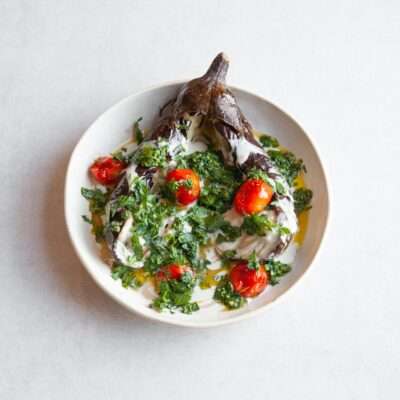
Roasted Aubergine with Tahini & Leftover Herb Pesto
Ingredients
Roasted Aubergines
- 2 aubergines
- 150 g cherry tomatoes on the vine
- 120 g bulgur
- 40 g coriander
- 1 small garlic clove
- 75 g tahini + 1 tbsp for garnish
- 3 tbsp lemon juice
- flakey sea salt
Leftover Herb Pesto
- 20 g pistachios (or nuts of your choice)
- 60 g herbs (e.g. coriander, mint, parsley or even carrot tops)
- 2 tbsp lemon juice
- 6 tbsp extra virgin olive oil
Instructions
- Pre-heat the oven to 200°C. Pierce the aubergines with a knife, brush with olive oil and sprinkle with sea salt, then grill them whole in a griddle pan over high heat, turning them once until they are evenly charred on both sides (2 min each side). Place the tomatoes on the vine around the aubergines and pop the whole pan into the oven to roast for 30 minutes.
- Add the bulgur to a pan along with 320 ml water and 2/3 tsp salt. Cover, bring to a boil, then lower the heat and simmer for 12 minutes until cooked through. Remove from the heat and leave it covered until ready to serve. Pick the coriander leaves, finely chop them and set aside for later.
- In the meantime, peel the garlic clove. Grate it into a bowl, followed by the tahini, lemon juice, 3 tbsp of water and 1/3 tsp salt and mix it into a loose tahini sauce that you can easily drizzle from a spoon, adding more water if needed.
- To make the leftover herb pesto, add the nuts to the bowl of a food processor and pulse until roughly crushed. Discard any wooden stems of the herbs, then chop the herbs roughly and add to the food processor along with 1/3 tsp salt. Blitz until finely chopped, then stir in the lemon juice and extra virgin olive oil.
- When the aubergines are nearly finished, stir most of the chopped coriander through the bulgur. Remove the aubergine pan from the oven and transfer the aubergines to two serving plates. With a sharp knife, cut them in half from the stem downwards, leaving the stem to hold the two halves together. Use a fork to scuff up the flesh, then drizzle over the tahini sauce and the extra spoon of raw tahini. Pick the tomatoes off the vine and divide over the two plates. Finish with the leftover herb pesto, the remaining chopped coriander, a generous glug of extra virgin olive oil, a squeeze of lemon juice and a sprinkle of flakey sea salt. Serve alongside the bulgur.



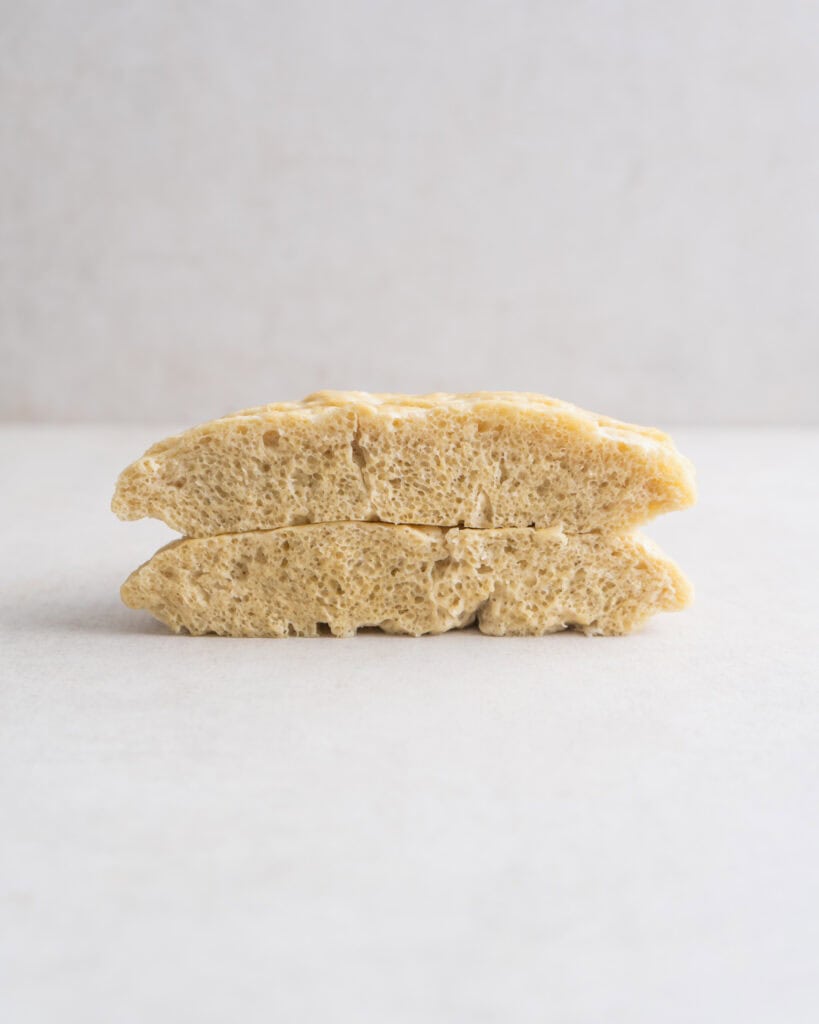
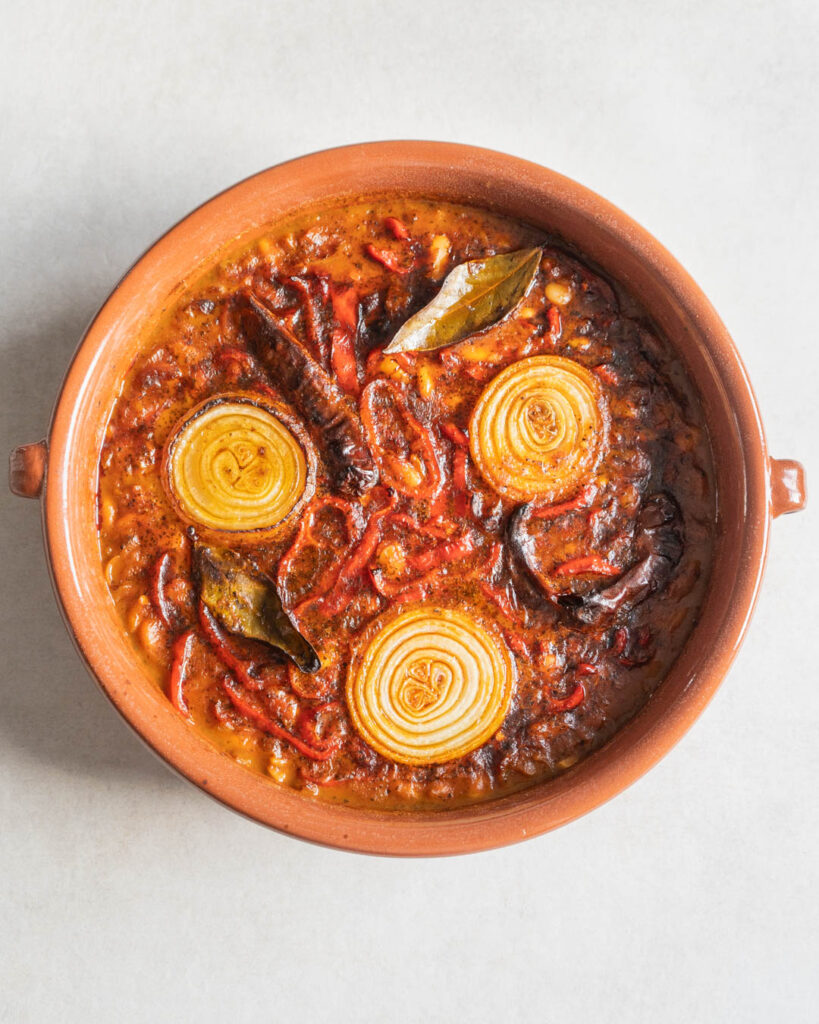
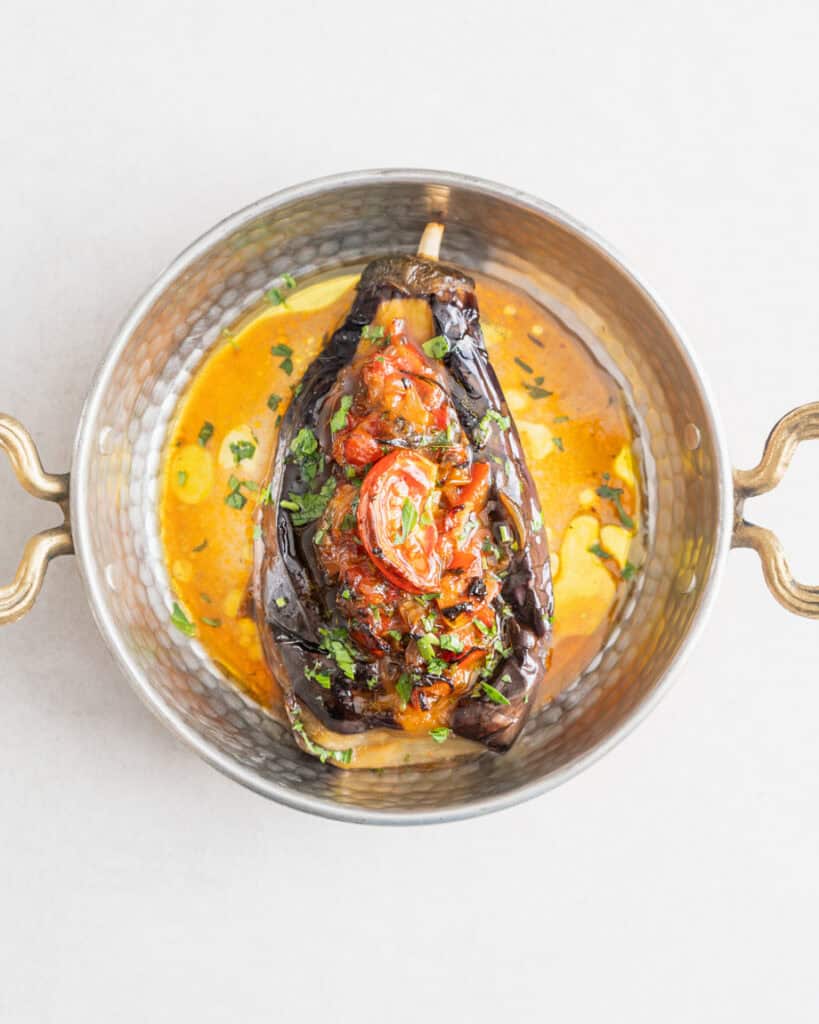
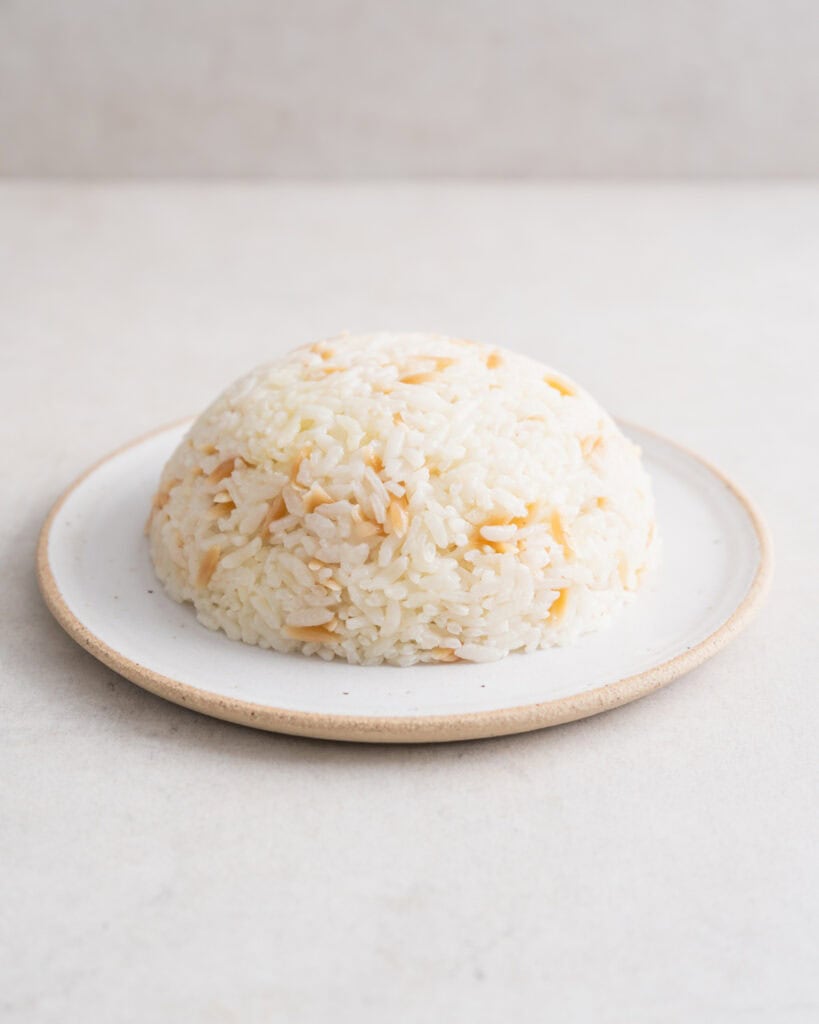






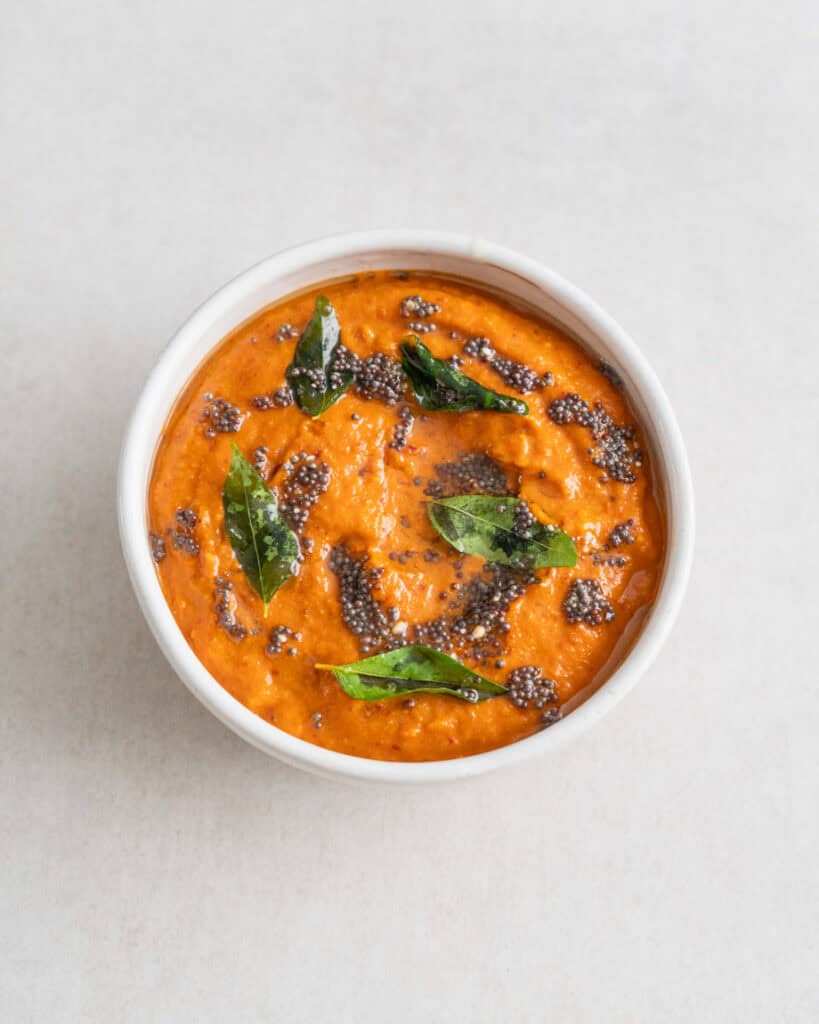
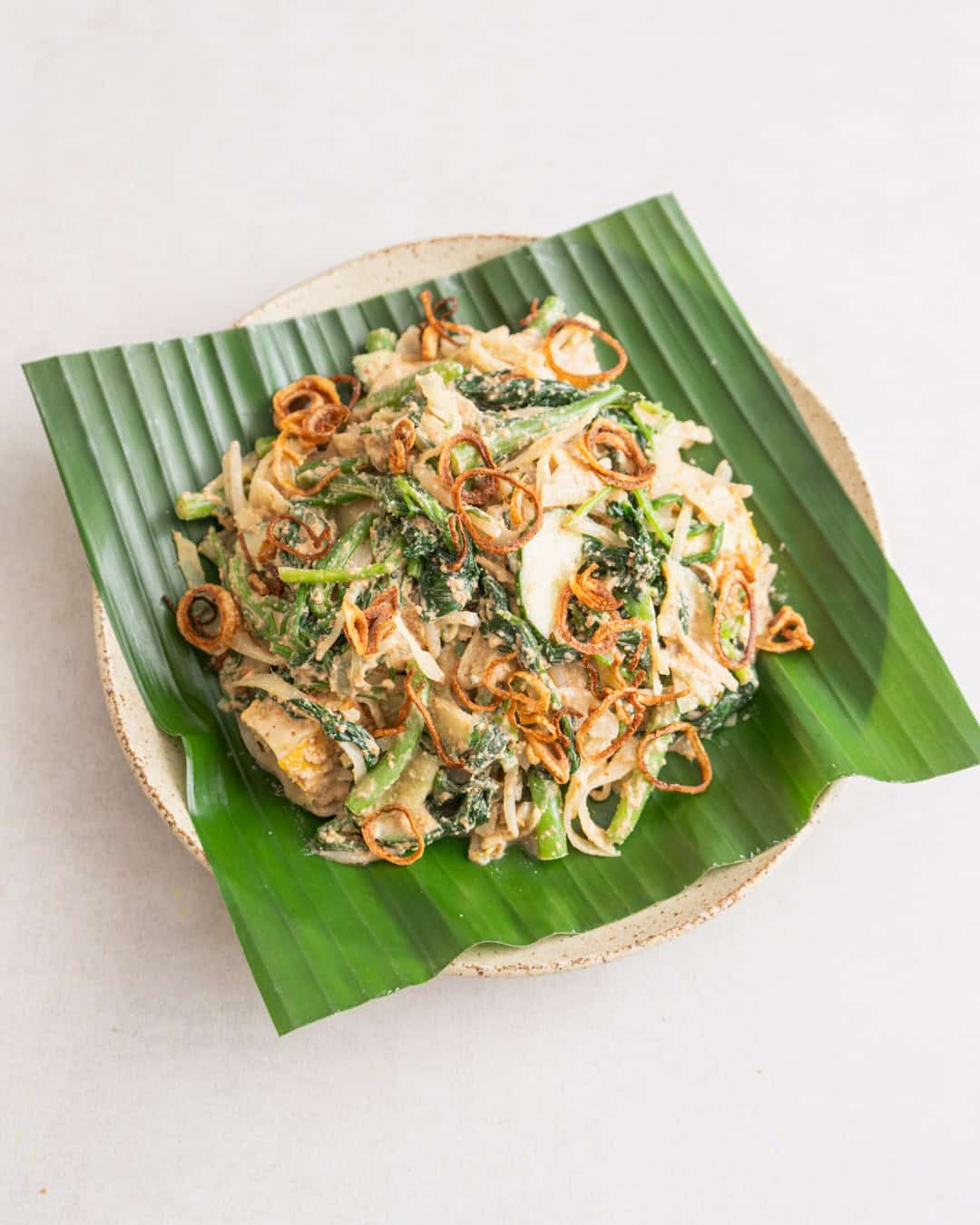
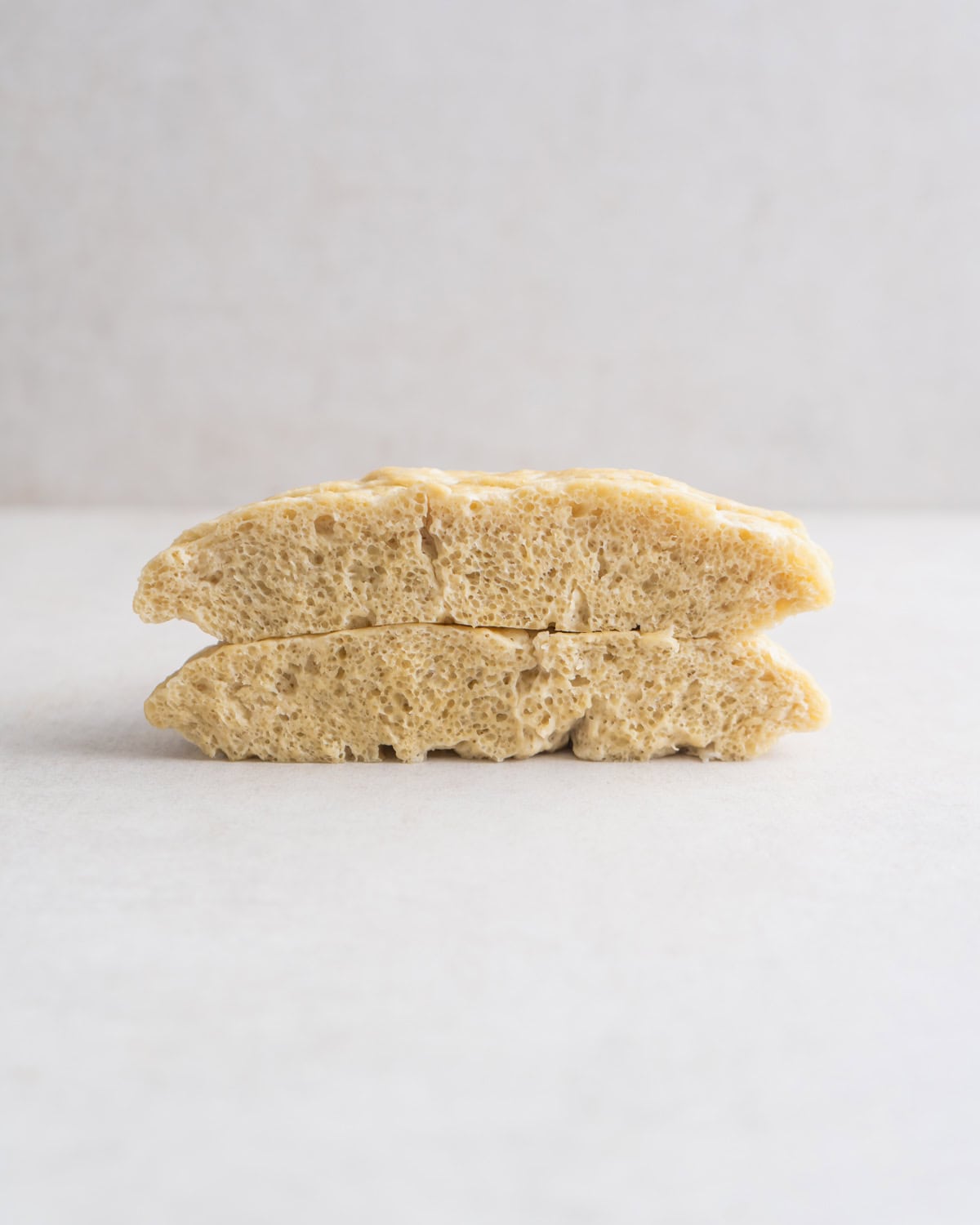

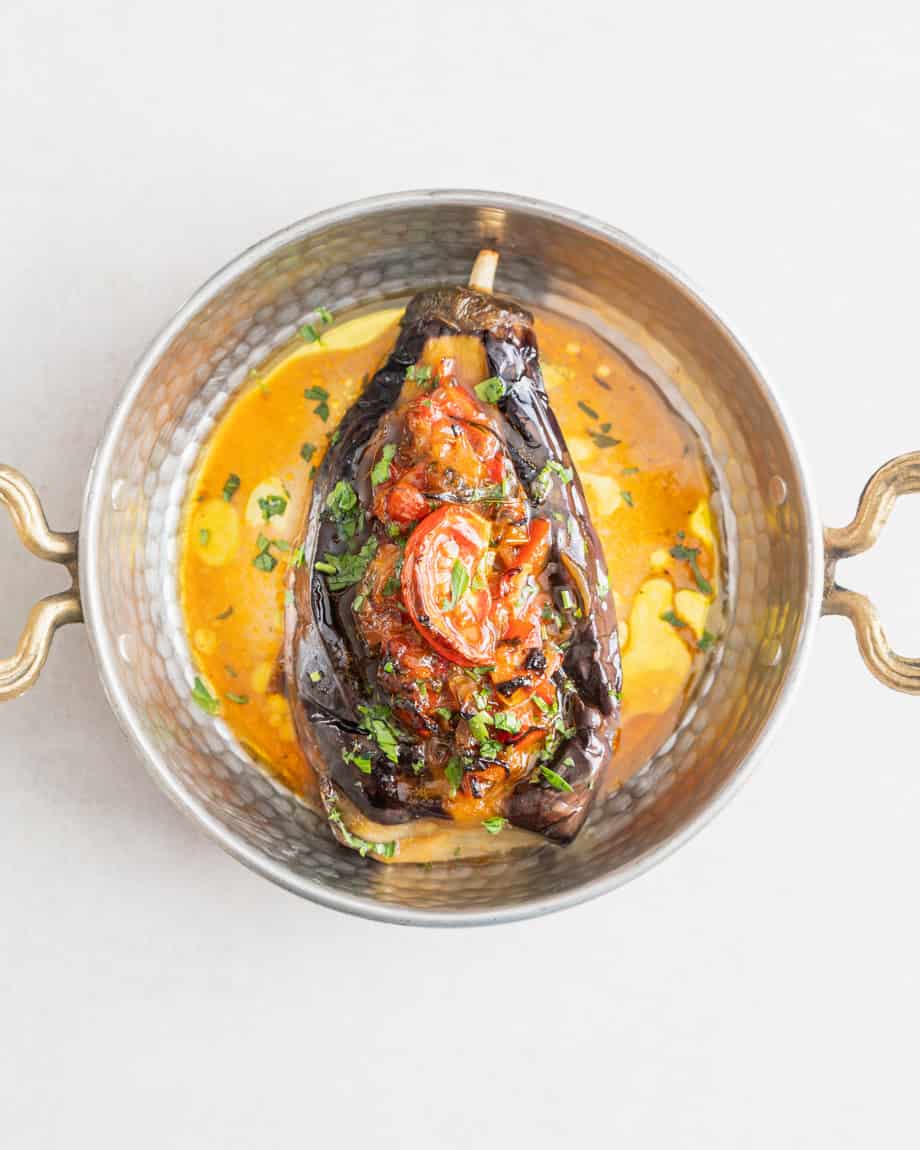

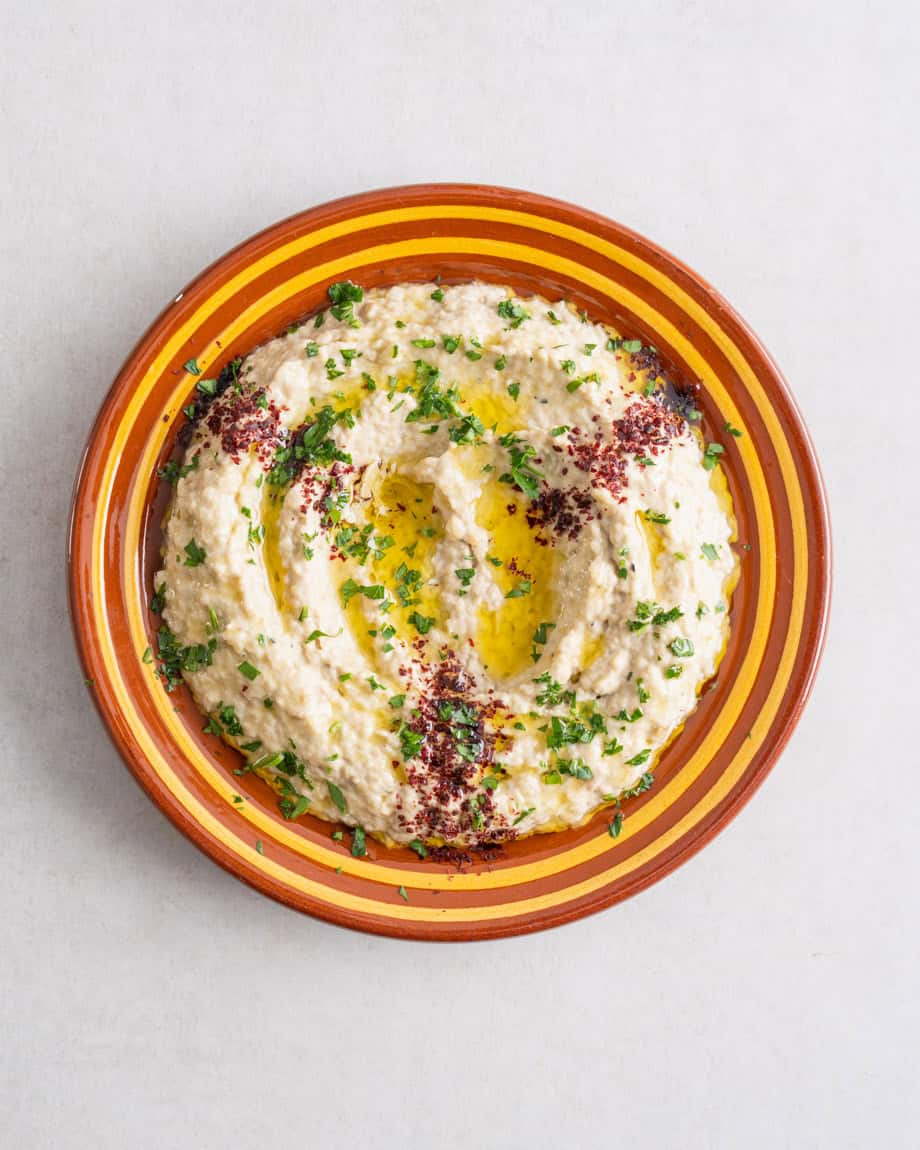
0 Comments